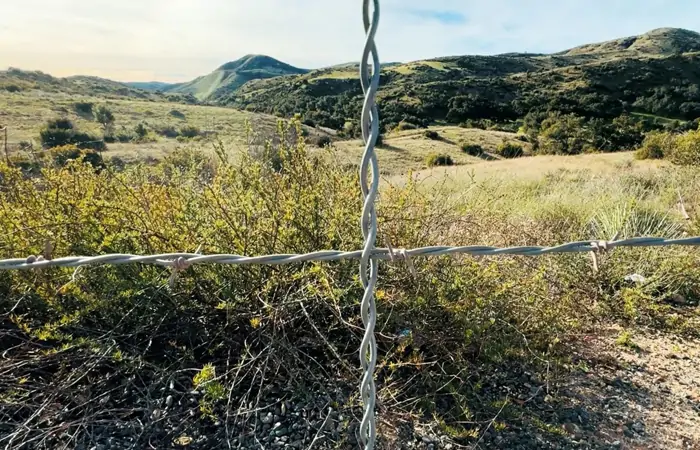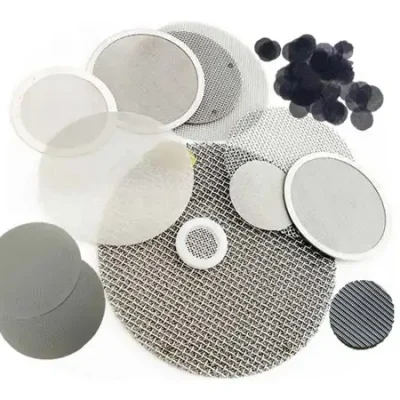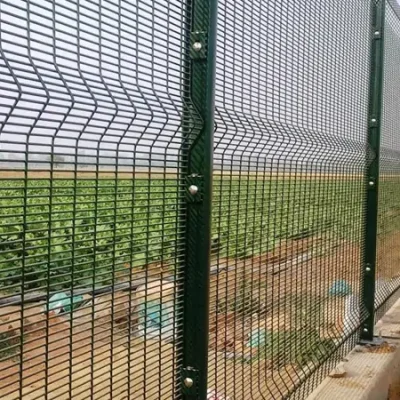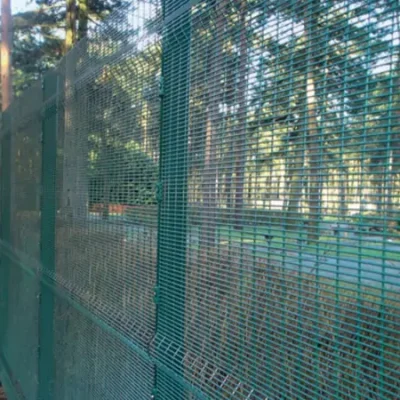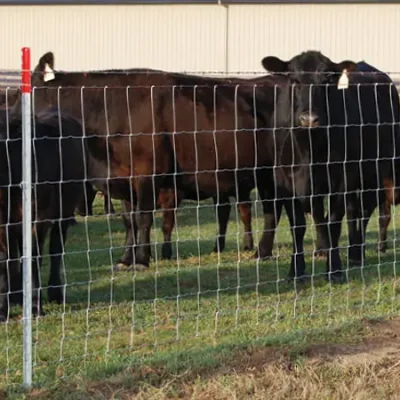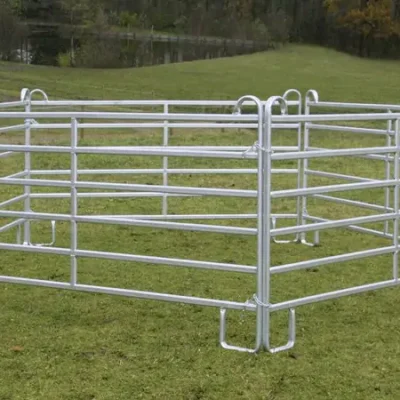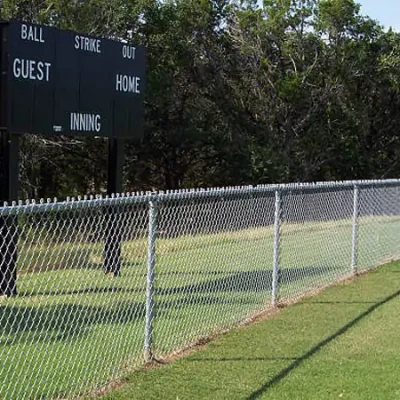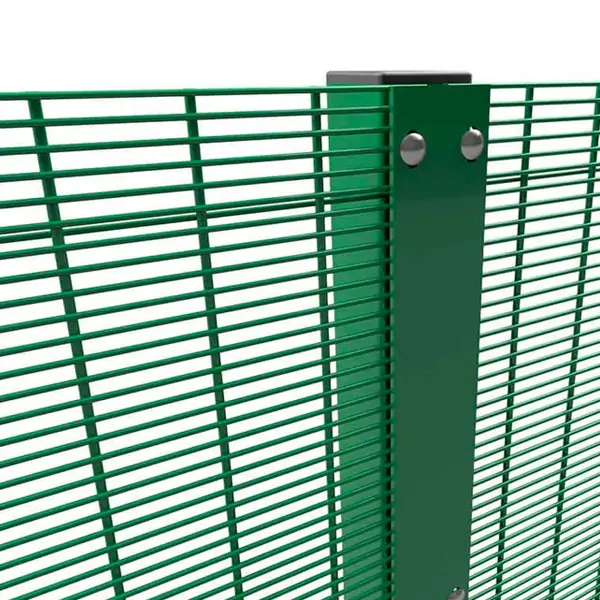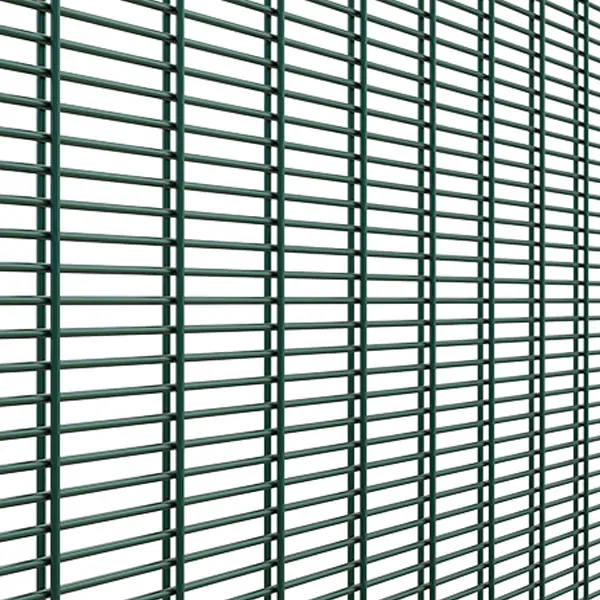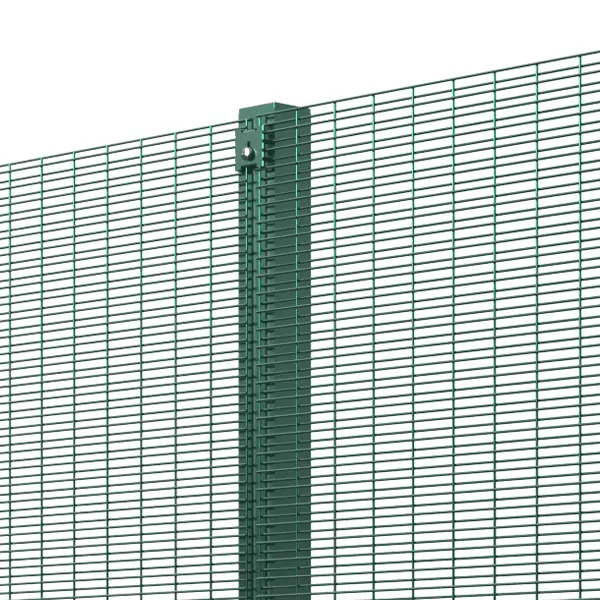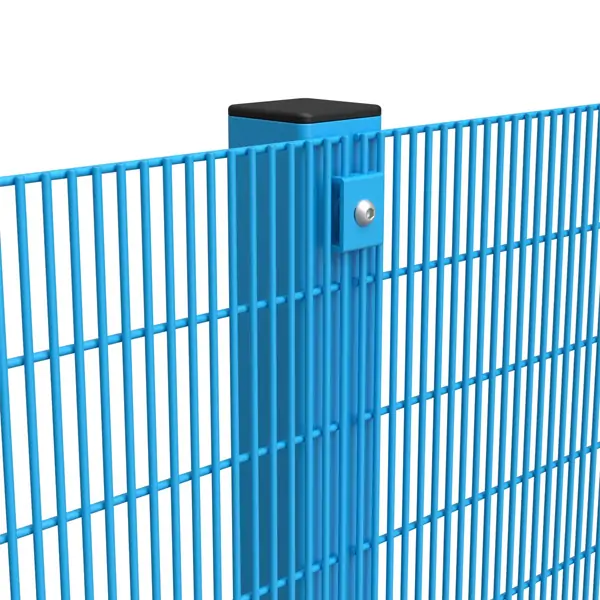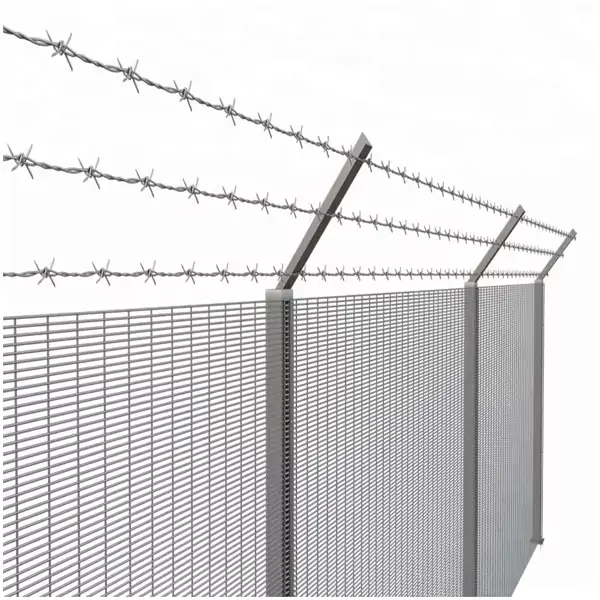A sturdy fence is the cornerstone of any well-kept property, whether it’s a farm, a ranch, or even a suburban home. However, over time, the integrity of even the best-built fences can be compromised by sagging. The solution? Barb wire fence stays. In this comprehensive guide, we’ll dive deep into the world of barb wire fence stays, exploring how they prevent sagging and ensure your fences stand the test of time.
Table of Contents
ToggleUnderstanding Barb Wire Fence Stays
Definition and Purpose
Barb wire fence stays are essential accessories designed to maintain the strength and stability of barb wire fences. They function as support elements that keep the wire strands evenly spaced and taut, preventing them from sagging and becoming ineffective.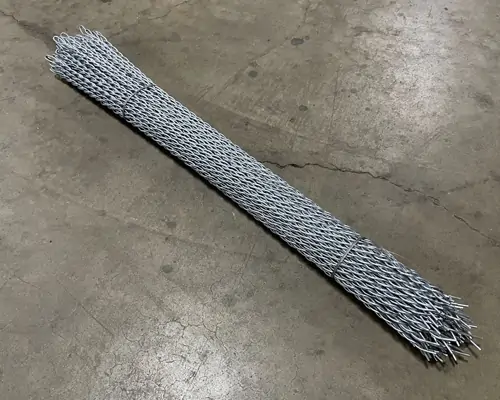
Different Types of Barb Wire Fence Stays
Barb wire fence stays come in various types, each suited for different needs:
- Galvanized Steel Stays: These are the most common type, known for their durability and resistance to rust and corrosion.
- PVC Coated Stays: These stays have an additional layer of protection, making them suitable for harsher environments.
- Stainless Steel Stays: These offer superior strength and longevity, perfect for high-stress applications.
Materials Used
The primary material for barb wire fence stays is high-tensile galvanized steel. This material provides the necessary strength and resilience while being resistant to rust and corrosion. PVC-coated and stainless steel options offer additional benefits like enhanced durability and resistance to environmental factors.
Manufacturing Process
The manufacturing process of barb wire fence stays involves precision engineering to ensure each stay meets strict quality standards. High-tensile steel wires are cut and shaped into the desired form, then galvanized or coated for added protection.
Causes of Sagging in Fences
Natural Wear and Tear
Over time, fences are subjected to natural wear and tear from environmental factors. Sun, wind, rain, and temperature fluctuations can weaken the materials, leading to sagging.
Weather Conditions
Extreme weather conditions, such as heavy rainfall, snow, and strong winds, can put additional stress on fences. These factors can cause the wire to stretch and posts to shift, resulting in sagging.
Improper Installation
Incorrect installation techniques can lead to premature sagging. Failing to properly tension the wire, inadequate support from posts, or incorrect spacing between posts can all contribute to this problem.
Animal Interference
Animals, especially livestock, can exert pressure on fences by leaning against or attempting to pass through them. This constant pressure can cause the wire to slacken and the fence to sag over time.
The Role of Barb Wire Fence Stays in Preventing Sagging
How Stays Support and Stabilize the Fence
Barb wire fence stays play a crucial role in maintaining the structural integrity of a fence. By keeping the wire strands evenly spaced and taut, they prevent sagging and ensure the fence remains effective in its purpose.
Mechanism of Action
The stays act as intermediaries between fence posts, holding the wire in place and distributing tension evenly across the entire length of the fence. This not only prevents sagging but also reduces the likelihood of wire breakage and fence failure.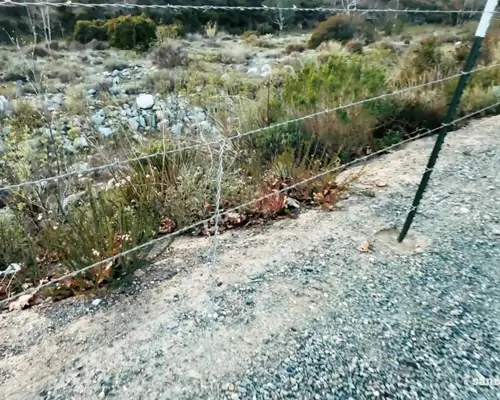
Benefits of Using Fence Stays
- Cost-Effectiveness: By reducing the need for frequent repairs and replacements, fence stays save you money in the long run.
- Longevity: They enhance the lifespan of your fence by preventing common issues like sagging and wire breakage.
- Ease of Installation: Fence stays are relatively easy to install, making them a practical solution for maintaining fence integrity.
Installation of Barb Wire Fence Stays
Step-by-Step Guide to Installing Fence Stays
- Gather Necessary Tools and Materials: You’ll need fence stays, pliers, a tape measure, and protective gloves.
- Prepare the Fence Line: Ensure the fence line is clear of debris and obstacles.
- Install the Stays: Starting from one end of the fence, insert the stays at regular intervals, ensuring they are evenly spaced.
- Tension the Wire: Use pliers to tighten the wire, making sure it is taut and secure.
- Check for Stability: Inspect the fence to ensure the stays are properly installed and the wire is evenly tensioned.
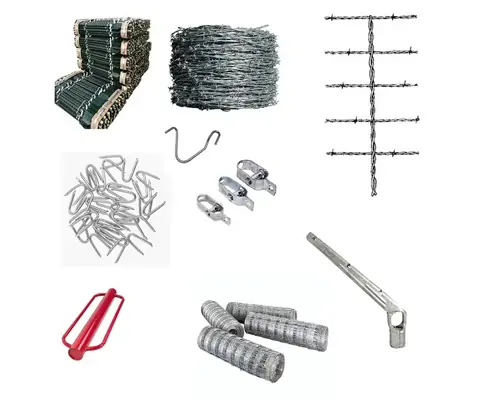
Tools and Materials Needed
- High-tensile galvanized steel stays
- Pliers or wire tensioning tools
- Tape measure
- Protective gloves
Common Mistakes to Avoid During Installation
- Incorrect Spacing: Ensure stays are evenly spaced to prevent uneven tension and sagging.
- Over-Tightening: Avoid over-tightening the wire, which can cause it to snap.
- Inadequate Support: Make sure fence posts are properly anchored to support the tension applied by the stays.
Tips for Ensuring Optimal Performance
- Regularly inspect the fence for signs of wear and tear.
- Replace any damaged or worn-out stays promptly.
- Adjust the tension as needed to maintain optimal fence integrity.
Impact on Fence Durability and Maintenance
The use of barb wire fence stays has been shown to significantly increase the lifespan of fences. By preventing sagging and reducing the strain on fence posts, stays minimize the need for frequent repairs and replacements, leading to lower maintenance costs and improved overall fence performance.
Comparing Barb Wire Fence Stays to Other Solutions
Alternative Methods for Preventing Sagging
- Additional Fence Posts: Adding more fence posts can provide extra support, but it’s often more labor-intensive and costly.
- Wire Tighteners: These devices can help maintain wire tension but may not provide the same level of support as stays.
- Reinforced Wire: Using thicker or reinforced wire can reduce sagging but may require significant investment.
Pros and Cons of Each Method
- Additional Fence Posts: Provides excellent support but increases material and labor costs.
- Wire Tighteners: Easy to install but may not be as effective in preventing sagging over long distances.
- Reinforced Wire: Offers enhanced durability but comes at a higher price point.
Why Barb Wire Fence Stays Are the Superior Choice
Barb wire fence stays offer a balanced solution that combines ease of installation, cost-effectiveness, and superior performance. They provide consistent support and tension distribution, making them the ideal choice for preventing sagging in fences.
Maintenance Tips for Prolonging Fence Life
Regular Inspection and Maintenance Routines
- Conduct regular visual inspections of the fence to identify any signs of wear or damage.
- Check for loose or damaged stays and replace them as needed.
- Ensure the fence posts are secure and properly anchored.
How to Spot and Fix Potential Issues Early
- Look for signs of sagging or slack in the wire and adjust the tension as needed.
- Check for rust or corrosion on the stays and replace any affected components.
- Monitor the condition of fence posts and make necessary repairs to maintain overall stability.
Best Practices for Long-Term Fence Care
- Keep the fence line clear of debris and vegetation to prevent damage.
- Use high-quality materials for all fence components to ensure longevity.
- Regularly update and maintain your fence according to the manufacturer’s recommendations.
Conclusion
Barb wire fence stays are an invaluable tool in maintaining the integrity and longevity of fences. By preventing sagging, they ensure that your fences remain sturdy and effective, reducing maintenance costs and enhancing the overall appearance of your property. Whether you’re a farmer, rancher, or property owner, investing in barb wire fence stays is a smart move that pays off in the long run.

